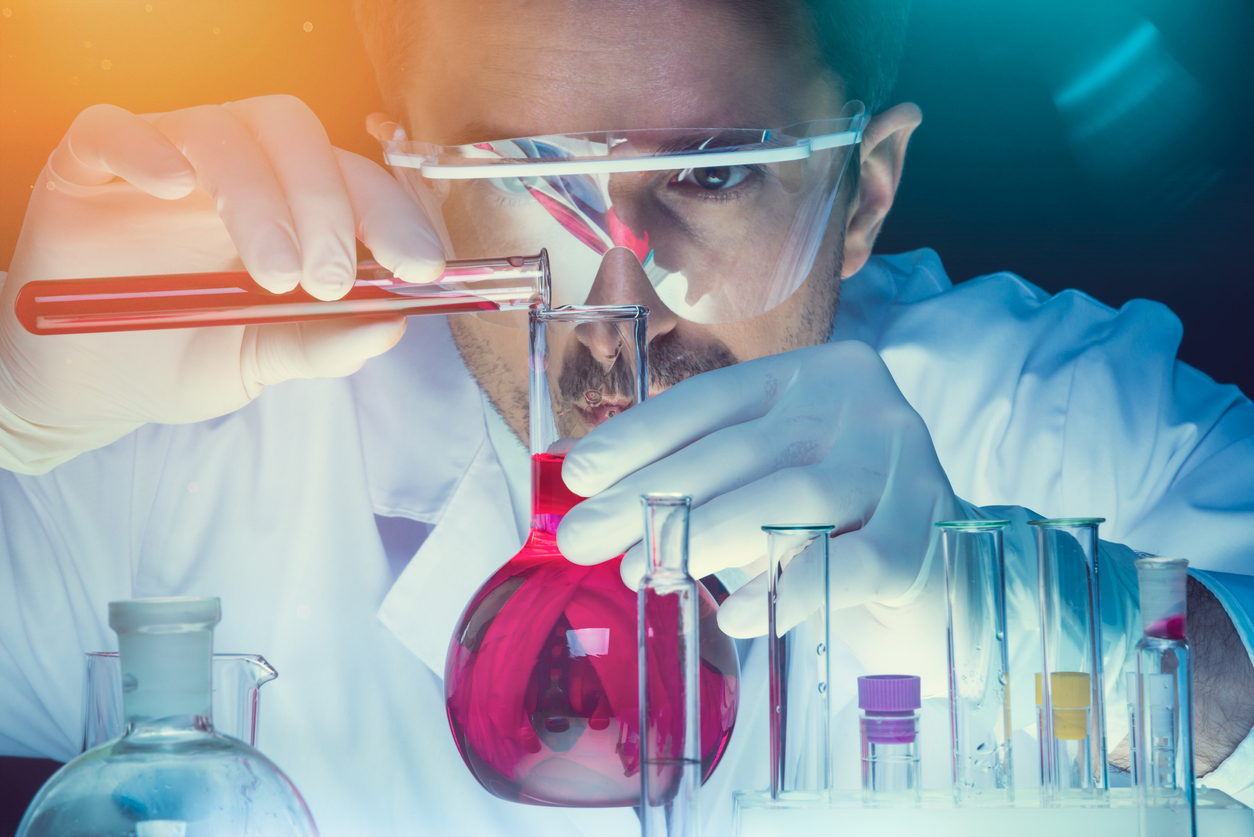Chemical testing is a fundamental practice in scientific inquiry, enabling researchers to elucidate the compositional composition, physical properties, and molecular behavior of substances. Through an assortment of methodologies, chemical tests help distinguish between various materials, assess their purity, identify unknowns, and explore their reactivity under varying conditions. This article delves into the myriad applications and methodologies of chemical testing, providing readers with a comprehensive understanding of what a chemical test is used to measure in science.
At its core, chemical testing serves several pivotal functions. It allows scientists and industry professionals to identify the presence of specific chemical compounds, determine concentrations of substances, ascertain compliance with safety and quality standards, and evaluate the environmental impact of chemicals. Such tests are indispensable across various fields, including pharmaceuticals, environmental science, food safety, and materials engineering.
One of the most prevalent types of chemical tests is qualitative analysis. This branch focuses on identifying chemical species present in a sample without quantifying their amounts. For example, when testing for heavy metals in drinking water, researchers may apply qualitative tests to detect lead, mercury, or cadmium ions. Common reagents, such as sodium sulfide or potassium chromate, generate distinctive color changes that signify the presence of these toxic elements. Such tests are expeditious; they provide immediate visual feedback, allowing for rapid assessments of water safety.
Conversely, quantitative analysis seeks to measure the exact concentration of a specific substance within a sample. Techniques such as titration, spectrophotometry, and chromatography are instrumental in this regard. Titration, utilizing a reagent of known concentration to react with the analyte, can determine the concentration of an acid or base within a solution. Spectrophotometry, on the other hand, employs the absorption of light at specific wavelengths to ascertain the concentration of compounds. For instance, this approach is routinely utilized in biochemistry to measure enzyme activity by tracking substrate depletion or product formation over time.
In the realm of pharmaceuticals, chemical testing is paramount. Drug development relies heavily on an array of testing methods to ensure drugs are both safe and effective. Chemical tests ascertain the purity of active pharmaceutical ingredients (APIs) and verify that formulations conform to regulatory standards. Perhaps more crucially, stability testing ensures that medications maintain their efficacy over time and under varying environmental conditions. This involves subjecting samples to heat, humidity, and light to observe potential degradation pathways, an essential exercise in ensuring patient safety.
Environmental science also benefits immensely from chemical testing. Monitoring pollutants in air, soil, and water bodies helps establish the health of ecosystems and the potential risks posed to human health. For instance, soil chemical testing can determine nutrient levels and contaminants, guiding remediation efforts in polluted areas and optimizing agricultural practices. Additionally, air quality tests measure concentrations of volatile organic compounds (VOCs) and particulate matter, informing regulations and public health initiatives aimed at reducing pollution exposure.
Food safety is another critical area where chemical testing is non-negotiable. Ensuring that food products are free from harmful substances—such as pesticides, heavy metals, and pathogens—is crucial for public health. Chemical tests in food products often involve chromatography and mass spectrometry. These techniques can separate and identify contaminants at minute concentrations, thereby safeguarding consumers from health hazards. Moreover, nutritional labeling requires accurate testing for macronutrient and micronutrient contents, helping consumers make informed dietary choices.
In addition to qualitative and quantitative tests, another category worthy of mention is forensic chemical analysis. This specialized field utilizes chemical testing to investigate crime scenes and link substances to potential suspects or victims. Techniques such as gas chromatography-mass spectrometry (GC-MS) allow forensic scientists to identify substances like drugs or explosives with a high degree of specificity. The intersection of chemistry and criminal justice underscores the versatility and imperative nature of chemical testing in society.
Beyond these conventional applications, innovative approaches continue to emerge in the field of chemical testing. Advancements in nanotechnology have led to the development of biosensors, which can detect chemical changes on a molecular level. These sensors can be employed in various sectors, from healthcare—monitoring glucose levels in diabetic patients—to environmental monitoring, detecting pollutants in real-time.
Looking towards the future, the evolution of chemical testing will likely continue to intertwine with technological advancements. Artificial intelligence and machine learning present exciting opportunities for analyzing complex datasets generated by chemical tests. Such tools can enhance predictive modeling, allowing for a more nuanced understanding of how substances behave under different conditions, which is invaluable in drug discovery and environmental risk assessments.
In summary, chemical testing is an indispensable facet of scientific research and practical applications across multiple disciplines. From qualitative analysis that identifies chemical components to quantitative methods measuring their concentrations, the breadth of chemical testing is vast. As advancements in technology further refine testing methods, the ability to understand materials at a molecular level will enhance our knowledge and ability to innovate in various fields. Whether it’s ensuring food safety, monitoring environmental pollutants, or aiding in forensic investigations, chemical testing remains a key player in safeguarding health and advancing scientific discovery.
